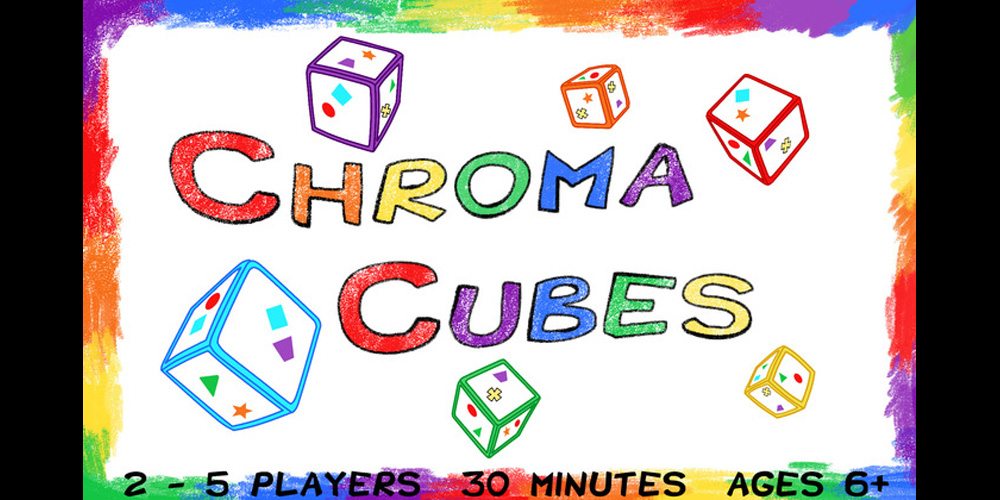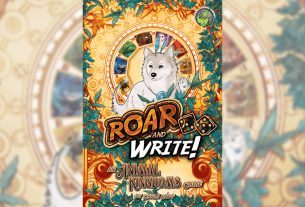 Table for Two is a series about board games designed for 2 players. Today’s game is Niya, an abstract strategy game by Bruno Cathala, published by Blue Orange Games.
Table for Two is a series about board games designed for 2 players. Today’s game is Niya, an abstract strategy game by Bruno Cathala, published by Blue Orange Games.
Two Japanese families, the Genji and Heike clans, compete for control of the Imperial Garden. This clever little game requires you to look for patterns and plan ahead.
At a glance: Niya is for 2 players, ages 8 and up, and takes about 10 minutes to play. It retails for $12.99.
Components:
- 16 Clan tokens (8 red, 8 black)
- 16 Garden tiles

The clan tokens are a nice heavy plastic, like Bakelite, and have a nice feel to them. The “Niya” logo is engraved on the backs, with images of faces on the fronts. The garden tiles are sturdy cardboard tiles, with the same image on each side. The images on the tiles are inspired by hanafuda cards. Each card shows one type of plant (maple, cherry, pine, iris) and one poetic symbol (rising sun, poem flag, bird, rain cloud).
The whole thing comes in a small metal tin, and the insert holds everything nicely.
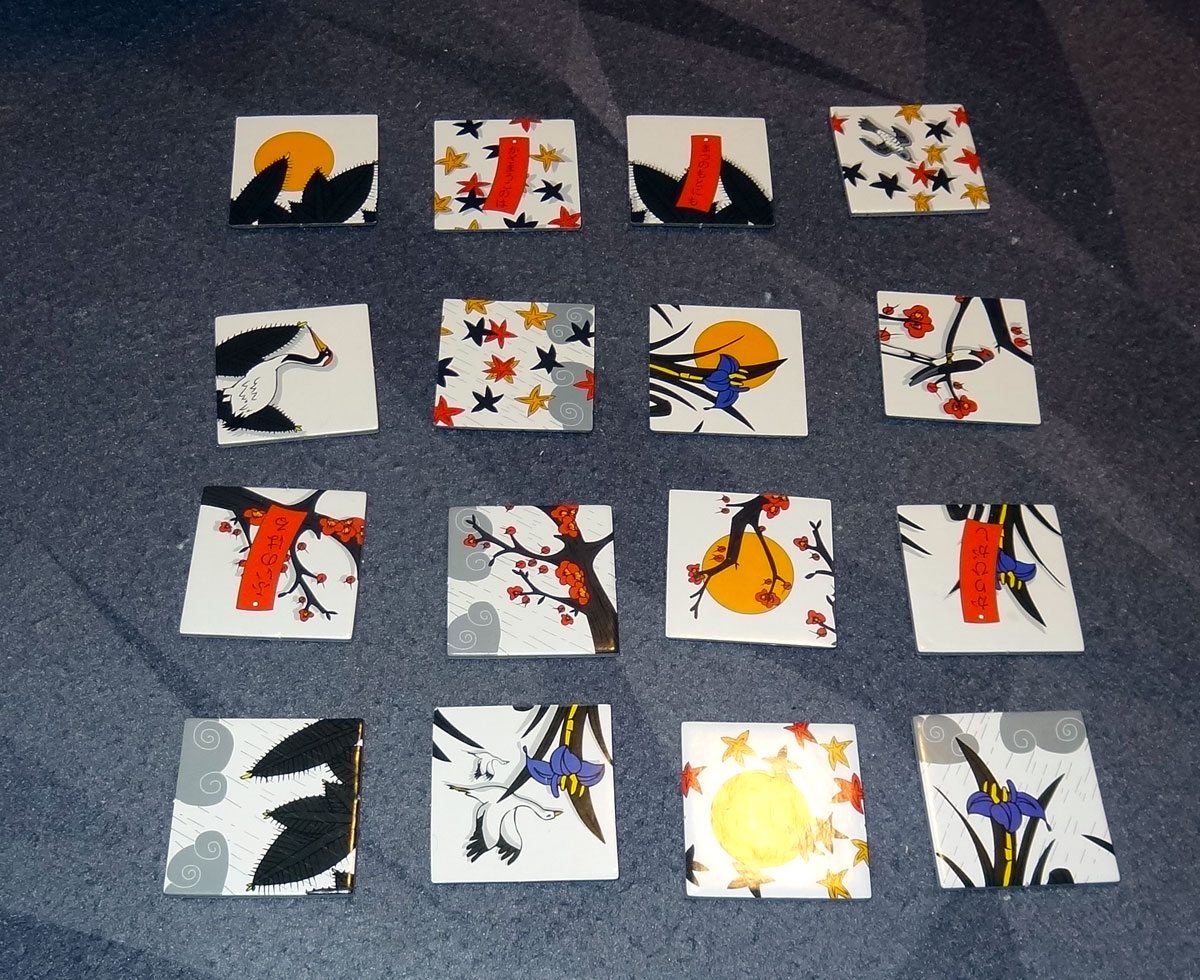
How to Play
The goal of the game is to position your clan members in a line of 4 or a 2×2 square, or prevent your opponent from having any legal moves.
To set up, the tiles are shuffled and arranged randomly in a 4×4 grid. Each player takes a stack of clan tokens.
On your turn, you choose a garden tile to replace with one of your clan tokens. On the first turn, the tile chosen must be on the outer edge of the garden. After that, each tile chosen must share an element in common with the previous tile. The game continues until one player achieves a victory condition.

The Verdict
Niya is very easy to set up and learn, so it’s a game you’ll probably play a couple times in a row. It’s pretty easy to find your potential moves–you just look at the last tile removed (in the photo above, it’s the rising sun and cherry blossom) and then look for other matches. Early in the game, you’ll have several options, but as the game progresses, your choices narrow down more and more.
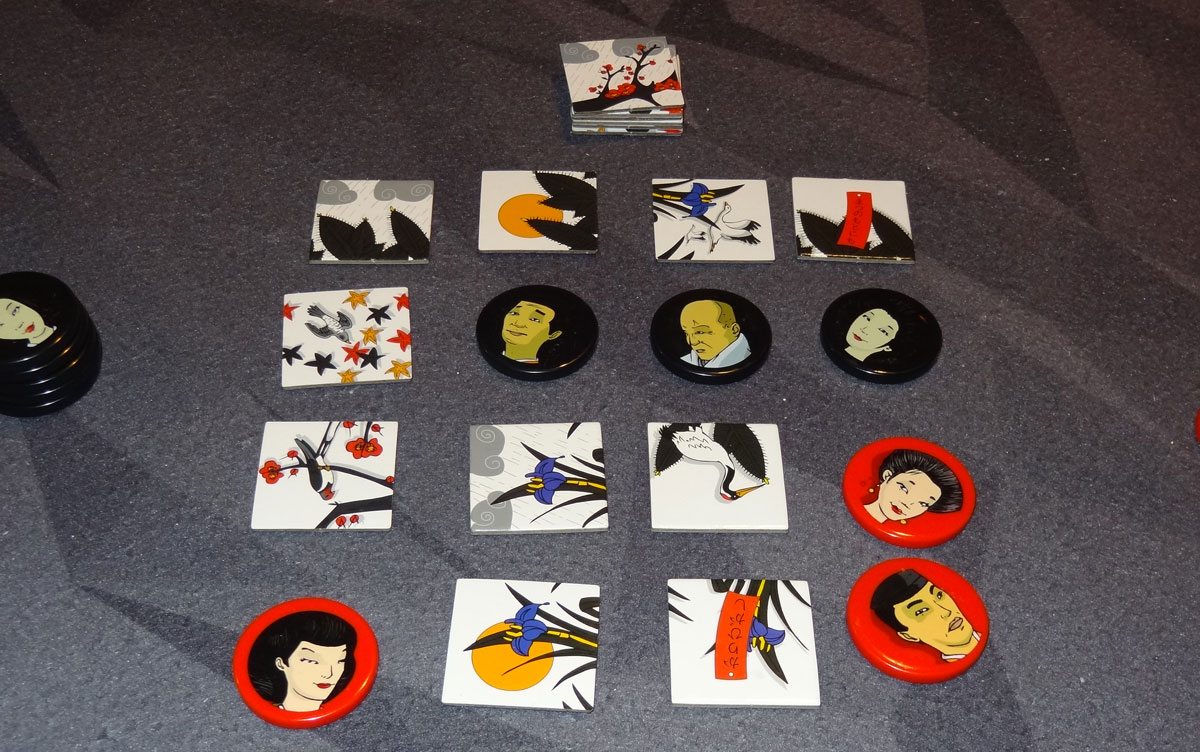
What’s key, though, is being able to look ahead a couple of moves in advance to see what your opponent will be able to pick after you take your turn. If you exhaust one type of element, you can use that to restrict your opponent’s ability to reach a particular space–of course, that might come back to bite you, too.
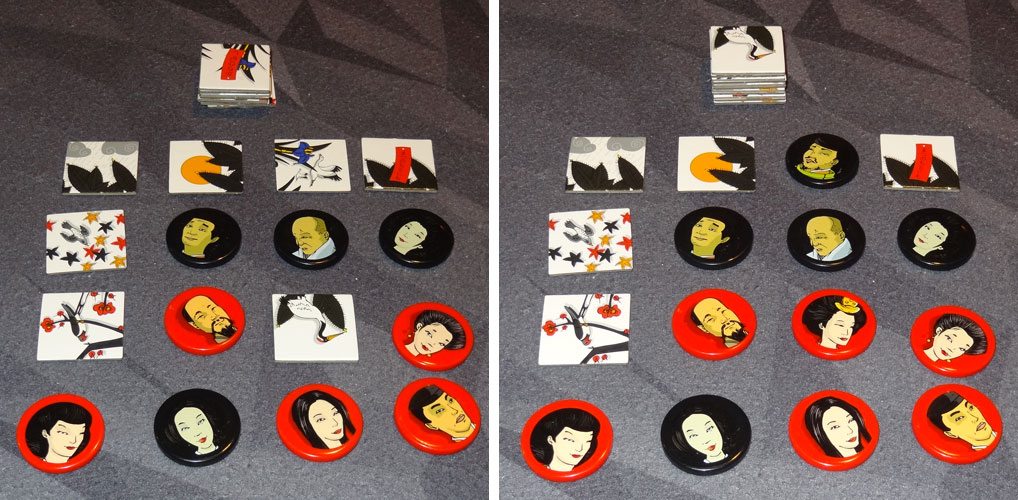
There is a bit of luck in how the tiles are arranged, because some arrangements will lend themselves to certain patterns more easily. (For instance, if you make an organized grid with all of the plants arranged in rows and the poetic elements arranged in columns, the game is much less interesting.) But mostly it’s about figuring out possibilities and predicting–or perhaps directing–what your opponent does.
If you’re looking for a quick two-player game, Niya is a nice option. It’s nice to look at, and playtime (including setup and putting it away) is a snap. Plus, the sturdy metal tin means you can throw it into a backpack and take it with you. It’s available from Amazon, directly from Blue Orange, or check your local game store.
Disclosure: GeekDad received a review copy of this game.

